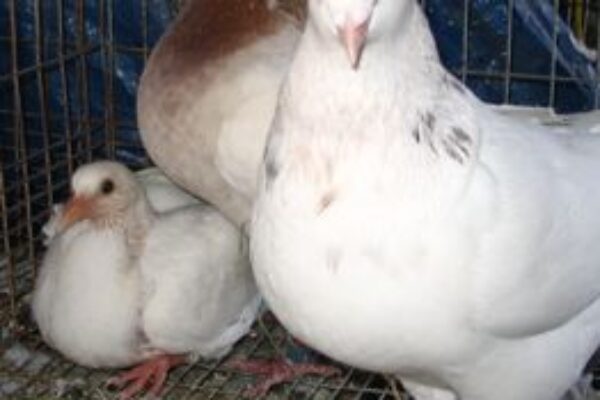*Video* How to Band Baby Racing Pigeons
Here is a great video on how to properly band baby racing pigeons. Although this may be a beginner topic it is a very important one. This video will show you how to band your babies without harming them.
*Video* How to Band Baby Racing Pigeons









Hi sir it was great video to watch for beginners and everyone whom are in Racing pigeons support also explains about canker applecider i say must use garlic on corn or in water keep ur pigeons healthy in there life Regards Bhajan
It’s a simple thing that should be explained!! Esp. “when”! I think some newer flyers wait TOO LONG. Then end up hurting some young. Thanks again for a needed bit of info!
Use WD-40 and rotate the band left to right or right to left if the band is tight. This method can be used when you have let the baby get to old. Spray the WD-40 on and waight a few seconds before pulling the band on. The leg will appear to get smaller in size. Use a paper clip attached to your string of bands to pull the toe out. You can use the paper clip to hang your bands on the wall in a secure place.(unfold the paper clip)
It’s all OK, no problem at all with the methode used in this video, I personally use litle vaseline in the baby’s leg, that way the band will slip easier and in stead of the pencil, the best “tool” for the job is a tooth pick.
It is very important to put the band on as shown so the numbers can easily be read at the club. During the race registration process each bird has its band number read aloud – normally the bird is held with the head facing the holder’s stomach and the leg is stretched back toward the tail. The band appears upside down when the pigeon is standing but the band is actually perfectly correct for reading. Once the band number is read the pigeon’s other leg, which has the electronic band, is placed into the club’s reader. The band number placed on the baby in the direction shown makes for an easier time reading the band and entering the pigeon into the clock before a race. If the band is placed in the other direction then a person will have to read the band ‘upside down’ which will take up more time and effort. The same can be said if the band is placed on the other leg – more time and effort to find and read the band. Being consistent in banding the babies with the method described in this video helps everyone that will handle the bird throughout its life.